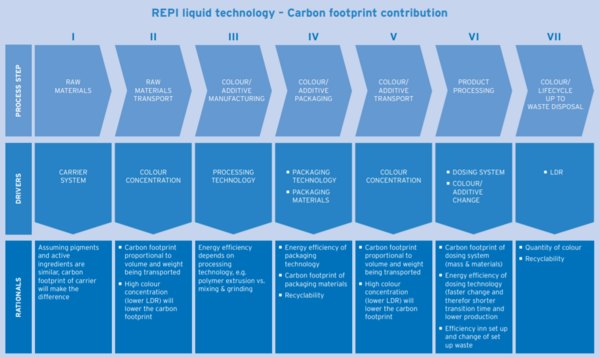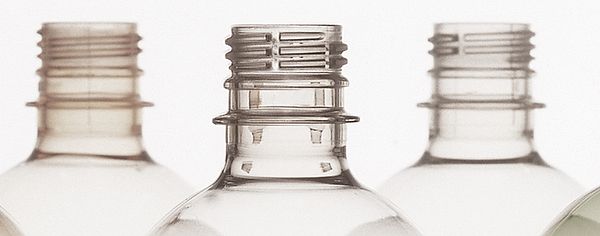

Today even more than a couple of years ago, if we talk of safety, plastics and packaging pop up. In such an emergency contingency, plastics have proved once more to be the most reliable and affordable solution for personal protection.
The pandemic has challenged everyone’s lifestyle, habits, and daily life, even of those who are fighting for a reduction when not a ban of plastics. Many sustainability-conscious people found themselves choosing single-use plastic items, such as disposable wipes and sanitary protective devices, but also plastic bottles containing hand sanitisers up to takeaway food containers and single serve drinks packaging.
If we look at the world consumption rates of 2020, single use packaging is at a record high from north to south and this will last for a while, together with the demand of plastic disposable wipes, gloves, masks, etc. This increase is challenging a lot the collection and recycling systems, which however are demonstrating to be resilient, keeping up. In such a context the best think we can hope for, is to take the opportunity to keep pushing the development of a circular economy and a systems-level approach on a global scale to improve collection and recycling.
What about circularity? Reaching a circular economy means structuring economies on the virtuous closed loop of make-use-recycle in which every product is designed to be re-used to generate other products and so on. All good so far but is this really the full picture? If we recall the primary goal of a circular economy, that is to cut CO2 emissions as main cause of global warming, then the carbon footprint contribution of our activities should be the main driver. Instead, some solutions emerging and defined as 100% recyclable produce actually higher CO2 emissions than what they are replacing and can’t therefore be sustainable for the future.
Looking at single use packaging, plastic packaging is the most attacked material and, as a consequence, we see a shift to other materials that are not automatically more carbon footprint friendly than plastics. This is often an emotional answer to social media attacks that could be even more harmful from a system point of view. What if we try to let consumers learn what’s behind a packaging and why plastics in packaging are often the preferred choice worldwide! The current health emergency is showing the unparallel advantage of plastic packaging: safety. But there is much more that plastic packaging can offer: light weight and easy handling, consumers can practically carry their on-the-go snacks and drinks while commuting to job; it hardly breaks and its logistic is agile and safe all over the world; lastly plastics are highly recyclable to enter the packaging value chain again or to be used for a number of other applications.

Plastic packaging helps reduce CO2 emissions, especially when it involves recycling. A PET bottle made of 50% rPET has a lower environmental impact than a tin can or a glass bottle (be it single use and reusable). Having said that, there are ways to make a plastic packaging even more sustainable.
''At the heart is the liquid colour and additive technology that can be defined as low-carbon footprint.'' - Lucia Buffoni
One way can be choosing additives and colours that add performance and aesthetics while having negligible impact on its recyclability. This is at the basis of the REFIT concept. REPI as a global colour and additive solutions supplier to the packaging industry is strongly promoting its vision on circular economy, by introducing the concept of refitting. REFIT means having a multilevel approach to the topic of carbon footprint contribution. At the heart is the liquid colour and additive technology that can be defined as lowcarbon footprint. Why? A few main reasons can be recalled:
- Process: The manufacturing process of a liquid colour/additive is energy efficient since no high temperatures are needed to blend carriers (that are already liquid) with pigments or dyes. Regardless from the specific production cycle, all processes happen at room temperature.
- Product features: liquid additives and colours are formulated to reach maximum concentration and to offer maximum product yield.
- Logistics: the high concentration of liquids means efficient handling of raw materials and finished products and therefore CO2 savings in transports and logistics.
REFIT range is made of additives and colours that offer a broad-spectrum support to recycling in the form of aesthetics enhancers and mechanical boosters: Anti Yellow (AY) additives and IV-Enhancers at the forefront. Anti Yellow additives have been on the market for several years now, and still represent the main aid to balance appearance variations and regain brightness of r-PET.


Mechanical challenges instead include a drop of the Intrinsic Viscosity (IV) when using rPET. This happens as a consequence of PET degradation leading to reduction in the molecular weight: its chains are shorter, and the final product is mechanically weaker. REPI’s IV enhancers link short chains together to get longer ones, thus increasing the IV of the material.
Besides additives, also colours reach out to recycled plastic. When a very dark rPET is used and an Anti-Yellow additive is not enough, corrections through colour may be crucial. REPI’s colour range comprises shades like light blues, greens or greys or ambers that have no impact on the recycling stream while taking advantage of the starting nuance of the r-pet self.
The entire value chain of plastic packaging has been working hard and constantly for many years on making plastic recyclable and recycled. Now more than ever, cooperation and constructive approaches are crucial.
Let us prepare for the “roaring 20s” (cit. The Economist) with renewed energy and focus on what “delivering the circular economy” mean, without forgetting the carbon footprint impact of our choices.
The comPETence center provides your organisation with a dynamic, cost effective way to promote your products and services.

magazine
Find our premium articles, interviews, reports and more
in 3 issues in 2025.


